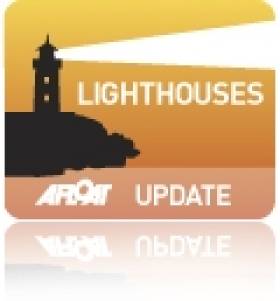Displaying items by tag: Dry Docking Sea trials
Irish Lights Tender Departs Cork Following Dry Docking Sea-Trials
#DryDocking - ILV Granuaile (2000/2,625grt) departed Cork Harbour and is bound for Rosslare Harbour this evening having undergone dry-docking, writes Jehan Ashmore.
Among the work carried out on the Commissioners of Irish Lights tender at Cork Dockyard were some service work done on thrusters and re-chroming of crane rams.
The Dutch Damen Group which built the vessel at their Romanian yard in Galati, had also undergone in Cork Dockyard last year a major '15 Special Survey & Dry-Docking'. The Rushbrooke yard fought off stiff competition for the EU tender as part of a €650,000 project to enable continued operation to Lloyds +100A1 Classification.
ILV Granuaile yesterday morning departed a river-berth for sea-trials. This involved the 79m long lighthouse tender pass Cobh to where a pair of UK registered factory trawlers berthed following detention off the Blaskets by the Naval Service.
She then headed beyond Roches Point Lighthouse, marking the entrance to Cork Harbour from where a circuit was made at sea before returning to the dockyard.
The trawlers Wiron 5 and Wiron 6 are 55m in length and have a Dutch crew of 14 each. They were detained for alleged fishery infringements by the OPV L.E. Samuel Beckett (P61) which escorted the vessels to Cobh and then she headed upriver to berth in Cork City quays.
























































